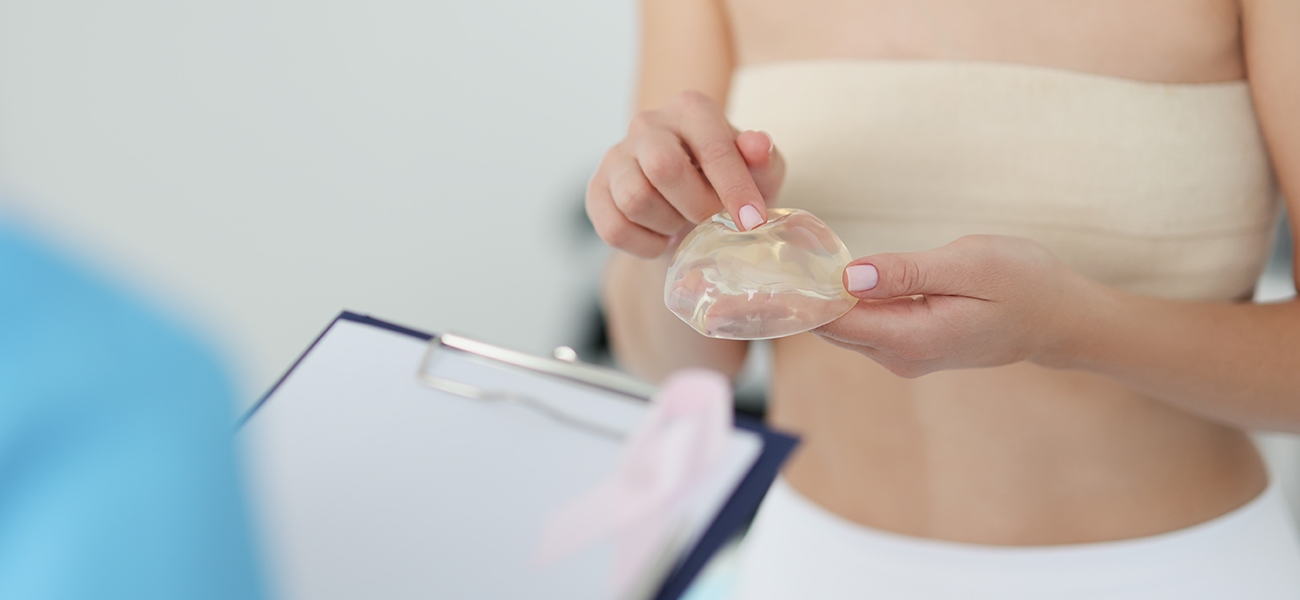
Figure 1. As the chains around the silicones lengthen and bond together, their consistency hardens
There are also silicone breast prostheses filled with water, not silicone gel. However, an implant filled with water is not preferred because it is harder in consistency. There is also the possibility of leakage and leakage in water-filled prostheses.
Types of Silicone Prostheses
Types of Implants by Shape:
Silicone prostheses are produced in drops and round forms. Drop prostheses are also called anatomical prostheses because their downward-expanding structure resembles the side view of the breast when viewed from the side (Figure 1).
Figure 1. Anatomical prostheses (top) and round prostheses (bottom)
Types of Implants According to the Consistency of the Gel It Contains:
Silicone prostheses are also divided into two according to the consistency of the gel they contain: soft gel and cohesive gel prostheses that keep their shape. Although soft gel implants are more suitable for the natural consistency of the breast, they are slightly displaced by gravity in their sheath. Cohesive gels, on the other hand, maintain their shape in any case and can not only enlarge the breast in volume, but also shape it into a certain shape. However, the breasts on which these prostheses are placed feel harder to the hand. In the last few years, slightly softer versions of Cohesive silicones have also been introduced as an option (Allergan® SoftTouch, etc.).
Most gel-containing dentures today use a form of gel that does not flow out when burst or cut (Fig. 2). This feature is a precaution to reduce the problems in leakages that may occur due to wear or accident.
Figure 2. An implant containing a cohesive gel does not flow out when burst or cut
If an implant containing a cohesive gel is used, the shape of the chosen silicone prosthesis will affect the shape of the enlarged breast. Which prosthesis to choose depends on what kind of breast shape you like. In general, women’s preferences about breasts can be divided into two (Figure 3):
● Rounded breasts that fill the décolleté and look like they’ve been pushed up with a bra
● Drop-shaped breasts that come with a flat slope down the décolleté and take a round form after the nipple
Figure 3. Which breast shape do you like more? It can be thought that those who prefer the two breast silhouettes on the left like drops, those who prefer the two silhouettes on the left like the round breast shape.
Although it is not a general rule, anatomical prostheses are preferred to achieve the drop shape, and round prostheses are preferred to achieve the round shape.
Other reasons for choosing anatomical prostheses are:
● In very thin patients with no breasts, a cohesive and rounded prosthesis can create a sudden and unnatural transition in the upper part. In such patients, using submuscular and anatomical prosthesis is a better option.
● In patients with slightly drooping nipples, the need for breast augmentation surgery can be reduced by using an anatomical prosthesis to raise the nipple.
The situations in which round prostheses are preferred are as follows:
● Patients who do intense sports such as tennis and swimming and who will be implanted under the muscle: If an anatomical prosthesis is used in these patients, the possibility of the prosthesis turning outward with muscle movements may create asymmetry. Even if round prostheses rotate, this may not produce a noticeable result.
● To fill the gap in the upper part of patients who will be augmented with breast augmentation.
The latest development in silicone technology is the implants containing gel in two different consistencies in the same sheath. Aiming for a more natural look, this technology is available in Polytech 4inTwo Series and Allergan’s 510 series. The part of the drop prosthesis that rests on the chest wall contains a softer silicone and the part under the nipple contains a harder silicone (Figure 4). Thus, the transition line created by the top part of the silicone, especially in the side profile, is eliminated and the projection of the nipple is increased.
Figure 4. Polytech® 4inTwo prostheses with two different densities of silicone
Implant Types According to Sheath Properties:
While the surface of the silicone sheath was flat and smooth in the first periods, textured forms were adopted later on (Figure 5). The sleeves of silicones are also technologically advanced and have become more sealed by adding several layers. The purpose of these changes is to reduce the event called capsular contracture. One of the rough forms is polyurethane coated prostheses. Once the silicone enters the body, this coating begins to melt and thus creates an intermediate zone that will reduce the formation of capsular contracture. It is especially preferred in patients who develop capsule contracture and whose prosthesis will be replaced.
Figure 5. Silicone prostheses with different sheath properties: Top left – formerly flat-surfaced transparent prostheses; Top right – polyurethane coated prosthesis; Bottom row – dentures with rough surface